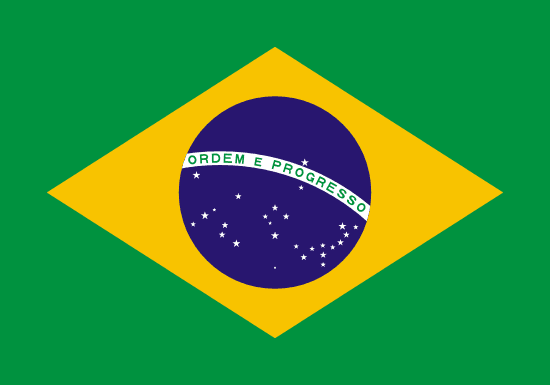"Congonhas: Cidade dos Profetas | Congonhas: City of the Prophets"
About:
Congonhas, a city in Brazil, was founded in 1938. Known for its rich cultural heritage, it houses the Sanctuary of Bom Jesus de Matosinhos, a UNESCO World Heritage site. The city's economy is largely based on tourism and mining, with the latter causing environmental concerns. Despite modern challenges, Congonhas maintains its historical significance while adapting to contemporary needs.
When to visit:
Congonhas, a historic city in Brazil renowned for its baroque architecture and religious art, is best visited during the dry season from May to September. During this time, the weather is cooler and more pleasant for exploring the city's attractions, such as the famous Sanctuary of Bom Jesus de Matosinhos. Additionally, the city hosts various cultural events and festivals during these months, offering visitors a chance to immerse themselves in the local traditions. It is advisable to avoid the rainy season from October to April, as heavy rainfall can impact outdoor activities and sightseeing experiences.
When to avoid:
Congonhas, a municipality in Brazil, experiences peak travel congestion during major holidays such as Carnaval and Christmas. The high volume of tourists and visitors during these times can lead to crowded streets, long lines at popular attractions, and limited availability of accommodations. Additionally, prices for flights and hotels tend to be significantly higher during holiday periods, making it a less desirable time for budget-conscious travelers. To avoid the crowds and inflated prices, it is advisable to plan your trip to Congonhas during the off-peak seasons.
"Winter Season (June–August)"
Congonhas, Brazil experiences its coldest and wettest season from May to September. During this period, temperatures range from 15°C to 22°C. Rainfall is abundant, averaging around 80mm per month, with July being the wettest. Sunlight is less frequent, with cloudy skies prevailing and an average of 4-5 hours of sunlight per day. An average day for a visitor might involve occasional showers and overcast skies, with cooler temperatures requiring light to medium clothing. Despite the weather, the city's famous religious architecture remains a draw.
"Summer (December–February)"
Congonhas, Brazil experiences its warmest part of the year from November to March. During this period, the average high temperature ranges from 27°C to 30°C (80°F to 86°F), while the average low temperature varies from 17°C to 19°C (63°F to 66°F).
Rainfall is highest during these months, with January being the wettest month, receiving an average of 300mm of rain. The humidity is also quite high, generally around 80%, leading to a muggy and tropical feeling.
The days are typically long with an average of 6 to 7 hours of sunlight per day, although cloudiness can vary. It's not uncommon to have partly cloudy days interspersed with clear, sunny ones.
For a visitor, a typical day would feel warm and humid, but not oppressively hot. Mornings start off cooler and temperatures gradually rise to their peak in the afternoon. The likelihood of rainfall, especially in the afternoons and evenings, means carrying an umbrella or raincoat could be useful. Despite the rain, there's still plenty of sunshine to enjoy outdoor activities. The high humidity might take some getting used to, but it's a great time to enjoy the lush, green landscapes that the rainfall brings.
Language:
Congonhas is a city in Brazil where the official and most widely spoken language is Portuguese. As Brazil's national language, Portuguese is used in government, business, education, and daily communication. Additionally, English and Spanish may be understood to some extent, particularly in the tourism sector due to international visitors.




